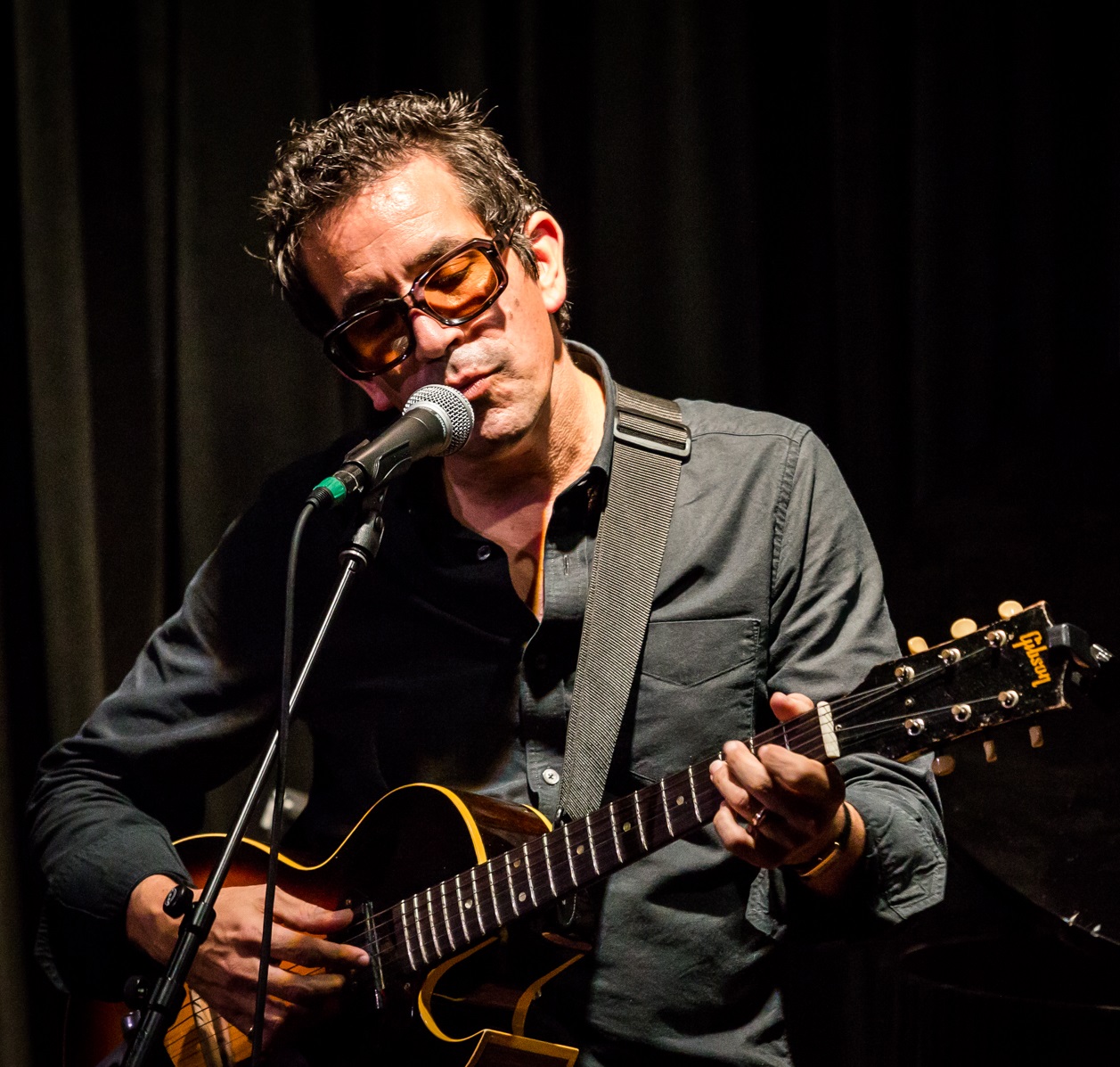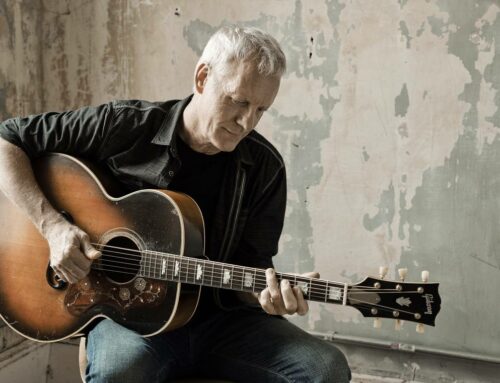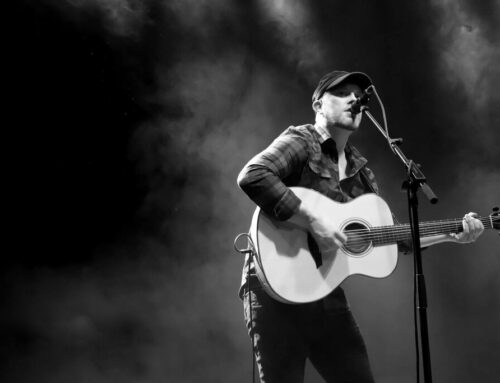5 Ways to Transition Between Songs When Playing Live
by Jessica Brandon
Are you a performing music artist and want to improve your music performance skills? The best performers transition seamlessly between songs and hold their audience’s attention every moment they’re on stage. Below are a few suggestions to help improve the flow of your set list and enhance your stage presence during transitions.
- Tell A Story (and tune while you do it!)
Telling a story is the most common and the simplest way to transition– always have a couple stories in your back pocket to share with your audience. Try talking about your experience in that city or at that venue. A great way to connect with your audience is by speaking fondly about the location. Maybe you saw someone perform there as a kid, or always wanted to visit that particular city, or something wild happened on your way from the hotel to the venue! It may sound silly, but it’s worth taking some time to practice telling stories and tuning your instrument or opening a bottle of water at the same time. Getting comfortable multitasking while speaking will ensure that you can maintain your audience’s attention while also making necessary adjustments before continuing with your set. Whatever your story is, audiences appreciate stories that make them feel included, and you’ll appreciate a few moments to reset.
- Order Songs in Relation to Key
Somewhere along the way, whether it was beginning piano lessons, Advanced Placement music theory class, or in a songwriter’s workshop, you probably learned about the circle of 5ths. All tones or keys signatures are related through this concept. If you start with C major (and its relative minor, A minor), the next key going clockwise around the circle would be G major/E minor because they are separated by the interval of a perfect 5th. After G major/E minor comes D Major/B minor, then A major/ F# minor, and so on.
Let’s say you want to open with a song in G major. Musically, your transitions will be less off-putting and more natural if they are in neighboring keys. Try making the second song in your set list one in D major or B minor. Not every transition has to be ordered this way, but it’s worth considering! You can also keep this concept in your back pocket the next time you’re mapping out an album…
- Skit with Band mates
If you’re on stage with your band mates, or maybe bringing a guest artist out, try performing a fun skit that leads into the opening lyric of your next song. My band used to riff off of the skit at the beginning of Kanye West’s song “Slow Jams.”
Performer A: Hey, B! That was some party last night–
Performer B: I know! We were all dancing till the break of dawn…
Performer A: I met the most beautiful, brilliant girl while I was there, too.
Performer B: Oh yeah?
Performer A: Yeah, you know sometimes we don’t put enough emphasis on the ladies. You know what she said to me?
Performer B: What’d she say?
Performer C (“girl from the party,” who also happens to be your guest artist): “Are you gonna be…?”
- Teach Your Audience the Chorus– or a Harmony!
One of my personal favorite ways to engage an audience, is by asking them to sing with you. Introduce the song, and explain your reason for inviting them to join in.
“The Chorus sounds best when it’s loud!
“It just feels good to sing this part, trust me,”
“I need some help making sure they can hear us down the block!”
Then take a minute to sing through the section, ask the audience to join in, and practice it a few times through. This is a great way to get the audience excited, and a great way to introduce a song before performing it in its entirety.
- Give Shoutouts
Use the time in between songs to share the love and introduce your band members by name! This is an art in and of itself– maybe get the groove of your next song going and let each member solo or have a moment to make some noise right after you say their name. Turn your head and use your body to direct energy towards that person so the audience has a chance to give each musician the recognition they deserve.
Don’t forget to thank the venue, sound team, waiters/waitresses, and host. The person in the back who’s been guarding your merch and the person who made you coffee before your set also deserve your public appreciation.
And always be sure to give shoutouts to the band or artist that opened for you. It means to world to new artists to hear their name getting some extra exposure. If someone is coming up after you, hype them up! In a battle of the bands or festival setting, it’s important to show camaraderie and encourage the audience to stick around. Build relationships with other musicians whenever you can, and lift others as you climb in your own music career.
To enter the 17th Annual IAMA (International Acoustic Music Awards), go to: https://inacoustic.com/enter-here





Great Suggestions! Thank you
Some of these ideas may work at some venues, some of the time, but audiences vary greatly. Most come for the music, not conversations.